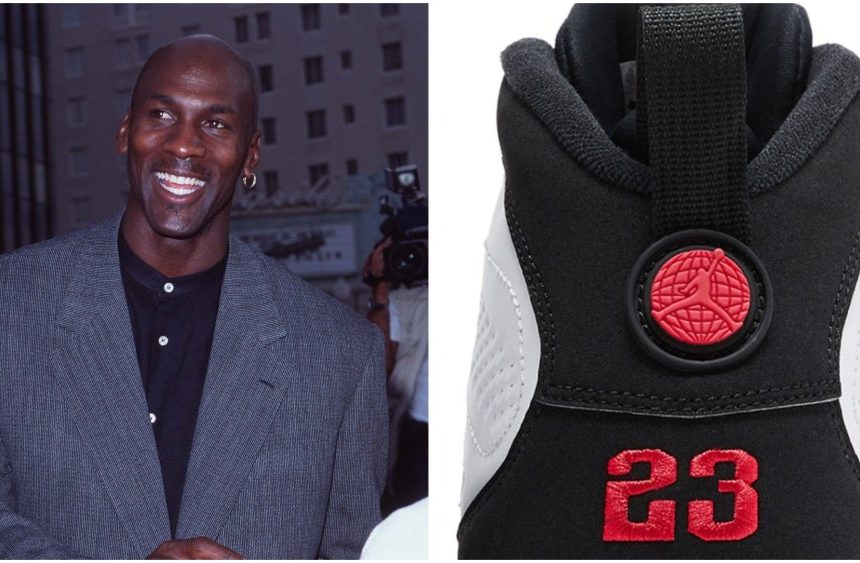Translated by
Nicola Mira
Published
November 21, 2025
The Better Cotton Initiative (BCI) has said that Uzbekistan, long blacklisted as a global cotton supplier for child labour issues, will reimburse the costs of certifying farms and producers that adopt BCI standards.
The new scheme will be administered by the newly created Uzbekistan Light Industries Agency, and is part of the roadmap drawn up last year by the Uzbek Ministry of Agriculture and Uzbekistan’s association of textile and apparel industries (Uztekstilprom).
“Certification costs can be a barrier to market entry, not only for cotton grower collectives in Uzbekistan, but also for farmers around the world,” said Katerina Gorbunova, in charge of the Uzbek program at BCI. “The creation of this grant scheme will be crucial for accelerating the industry’s efforts toward sustainable development,” she added.
BCI is an international organisation promoting best practices in cotton cultivation, and its certification label is a source of confidence for buyers. It began to operate in Uzbekistan in 2023, after a test phase which started in 2017 with 12 major local cotton farms.
Cotton Campaign, a global NGO and the main long-standing critic of the Uzbek cotton industry, removed Uzbekistan from its blacklist on March 10, 2022. A few days earlier, the International Labour Organisation had recognised that forced and child labour in the country were a thing of the past.
However, Cotton Campaign sounded the alarm last March. According to the NGO, the recent growth in Uzbek cotton exports has led the country’s government to set ambitious production targets. These targets are said to have encouraged local officials to resort to coercion and extortion to make up for a shortage of voluntary pickers.
According to Textile Exchange, Uzbekistan produced 109,470 tons of cotton in 2024, 3% of which was BCI-certified. The US Department of Commerce has ranked Uzbekistan as the world’s eighth-largest cotton producer.
In 2024, global cotton production fell by 19%, and the material accounted for 20% of global fibre output, making it the second most produced fibre, though lagging far behind polyester’s 59% share.
Copyright © 2025 FashionNetwork.com All rights reserved.


